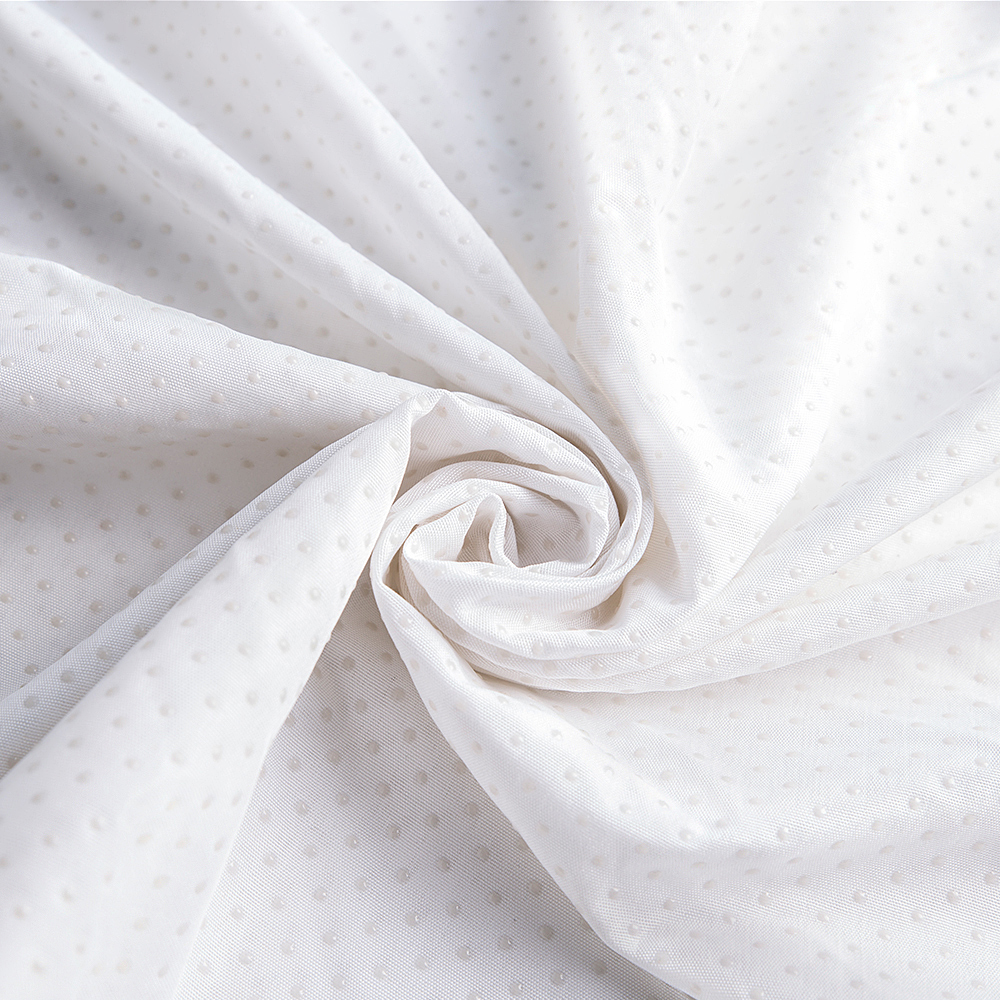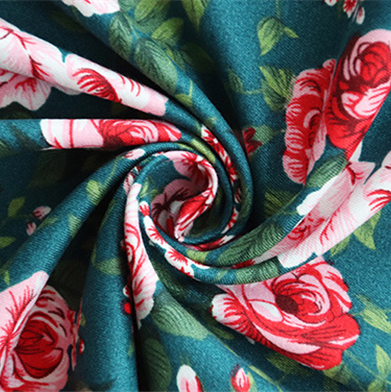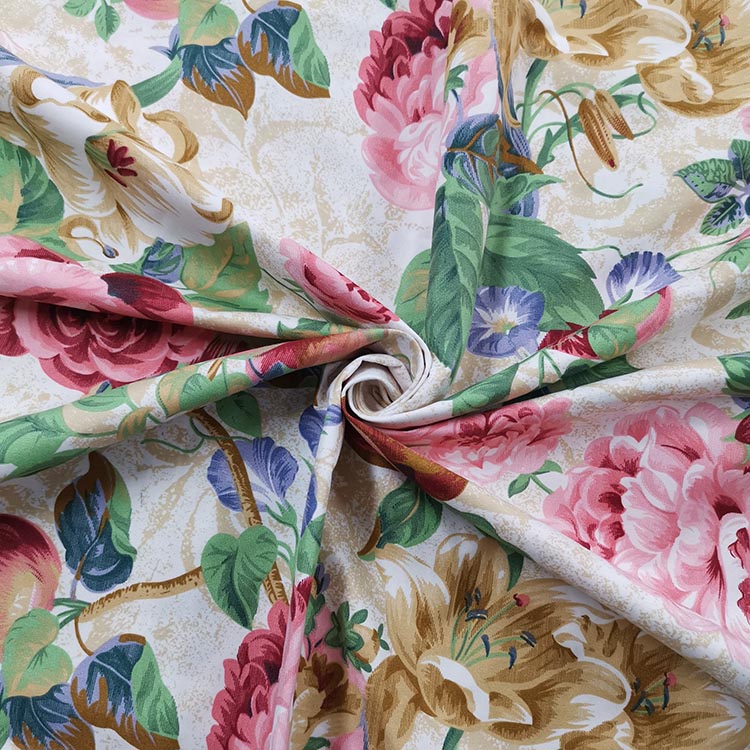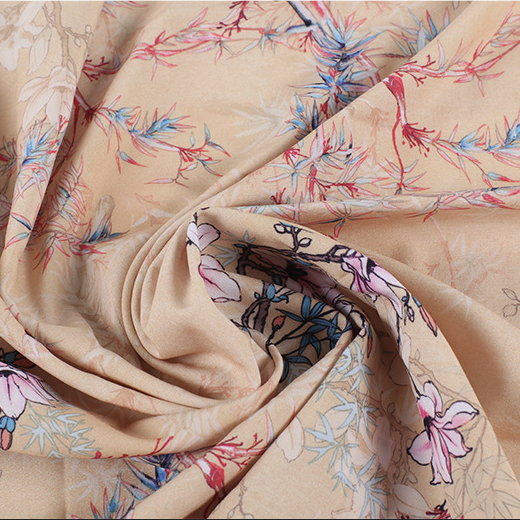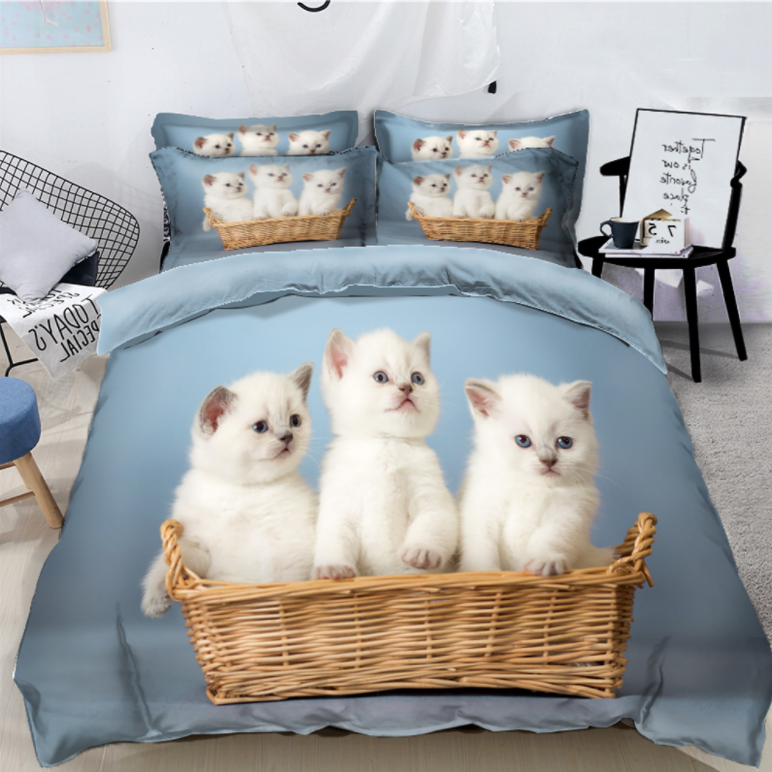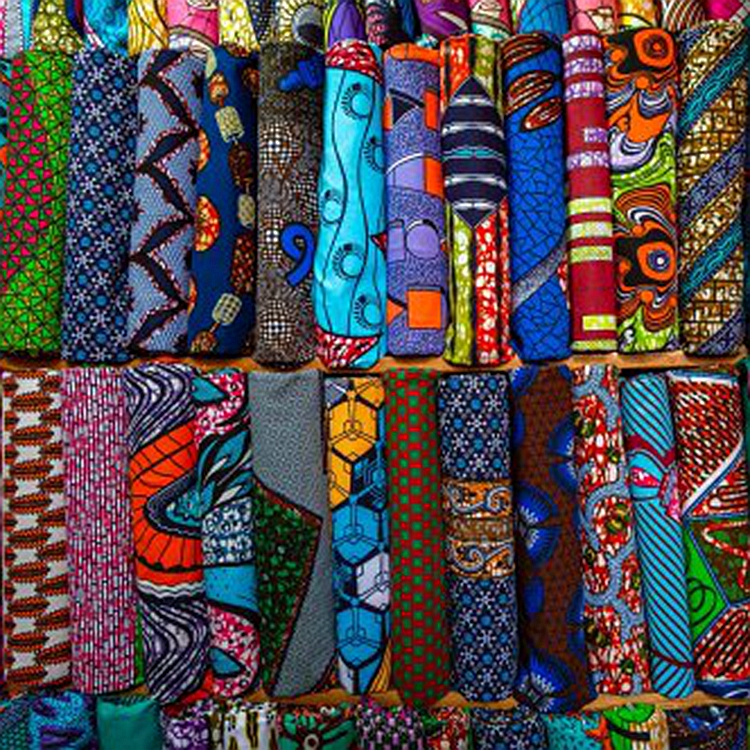In the world of modern textiles, Printed Polyester Brushed Fabric stands out as a popular and versatile material widely used in fashion, home textiles, and industrial applications. This fabric offers a perfect balance between aesthetic appeal and functional performance, making it an excellent choice for manufacturers and designers looking for softness, durability, and creative design options.
Key Characteristics
Soft and Comfortable Texture
The brushed surface enhances softness, making it ideal for applications where comfort is a priority—such as bedding, loungewear, and baby products.
Vibrant and Long-Lasting Prints
Polyester has excellent dye retention properties, meaning printed patterns remain vivid and don’t easily fade after washing.
Durability and Strength
Polyester is known for its strength and resistance to stretching and shrinking, which ensures a longer lifespan even with frequent use.
Wrinkle and Shrink Resistance
Unlike natural fabrics like cotton, brushed polyester maintains its shape and resists wrinkles, making it easy to care for and maintain.
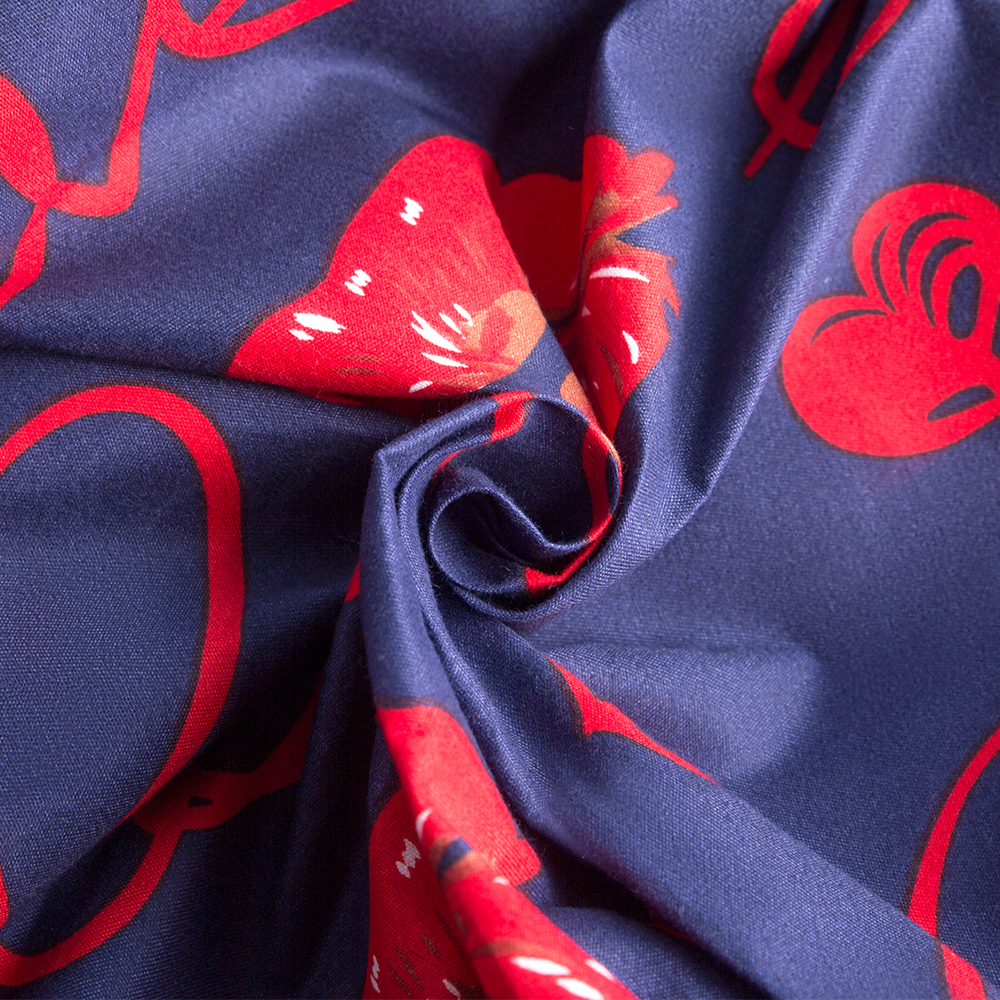
Cost-Effective Production
Polyester fabrics, especially when produced in bulk, are often more affordable than their cotton or wool counterparts, without sacrificing quality.
Common Applications
Printed polyester brushed fabric is used across a wide range of industries:
Home Textiles: Commonly used for bedsheets, duvet covers, pillowcases, and curtains, where both softness and visual appeal are required.
Apparel: Ideal for pajamas, robes, jackets, and casual wear due to its warmth and comfort.
Children’s Products: The gentle feel makes it suitable for baby blankets, children’s sleepwear, and soft toys.
Decorative Fabrics: Used for sofa covers, cushion covers, and upholstery, often adding style to interiors with floral, geometric, or abstract prints.
Printing Techniques Used
Rotary Screen Printing: Efficient for mass production, this technique ensures uniform color distribution and crisp patterns.
Digital Printing: Offers more flexibility in design and allows for high-resolution prints with a wide color gamut—ideal for short runs or custom orders.
Disperse Dye Sublimation: Especially suitable for polyester, this method ensures deep dye penetration and outstanding colorfastness.
Environmental Considerations
Though polyester is a synthetic fiber derived from petroleum-based products, recent innovations in textile manufacturing have led to more sustainable options, such as:
Recycled Polyester (rPET): Made from post-consumer plastic bottles, reducing plastic waste and carbon footprint.
Eco-friendly Printing Methods: Digital and water-based printing techniques minimize chemical use and wastewater generation.
Manufacturers are increasingly combining brushed polyester with eco-friendly practices to meet the demand for sustainable yet affordable fabrics.
Care and Maintenance
Printed polyester brushed fabric is relatively easy to care for:
Washing: Machine washable in cold or warm water. Avoid high heat to maintain print quality.
Drying: Tumble dry on low or hang dry to avoid damage.
Ironing: Usually wrinkle-resistant, but if needed, iron at low temperatures.
Its low-maintenance nature adds to its practicality for everyday use.
Printed Polyester Brushed Fabric combines the best of both worlds—soft comfort and vivid visual design—making it a go-to fabric for many textile applications. Its durability, affordability, and aesthetic flexibility make it an ideal material for both everyday products and stylish, eye-catching designs. As the textile industry continues to evolve with more sustainable solutions, brushed polyester remains a leading option thanks to innovations in both recycling and eco-printing.





 English
English
 中文简体
中文简体



